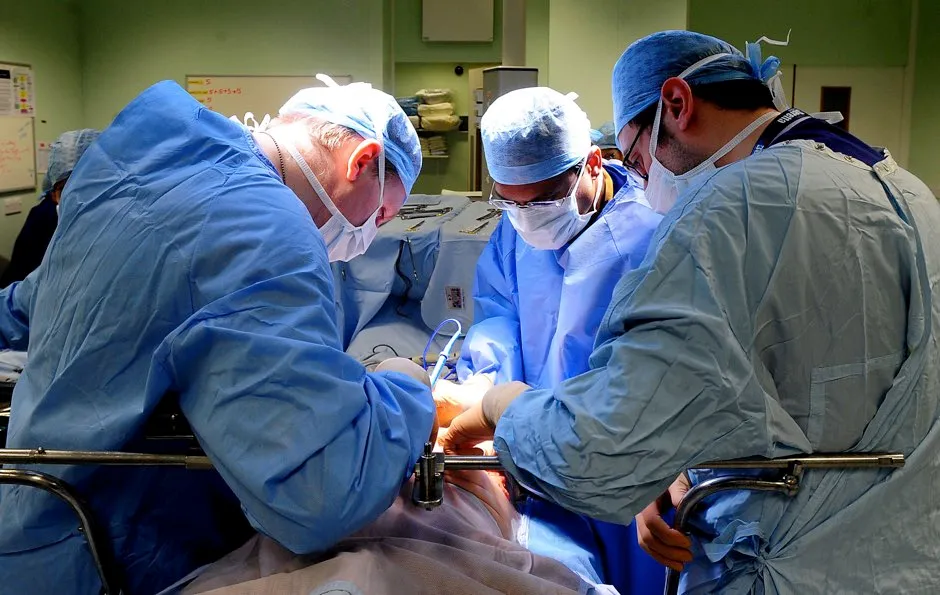A technique that allows doctors to test how well a liver is functioning before transplant could help save up to 70 per cent of discarded donor livers, scientists have said.
It is thought that around a third of donated livers are rejected because they are not considered to be of good enough quality for transplantation.
But scientists in the UK have found that using a method known as liver perfusion could allow up to seven in every 10 donor livers to be used for transplants after four to six hours of assessment.
The process involves using a device known as a perfusion machine to keep donor livers viable for a longer period of time.
Up to 20 per cent of patients die while waiting for a liver transplant or are removed from waiting lists due to ill-health, according to figures from NHS Blood and Transplant.
The researchers believe their findings, published in the journal Nature Communications, demonstrate that a large number of donor livers which are currently rejected could be safely used in the future and reduce NHS waiting lists.
Read more about the human body:
- Revolutionary new valve could save children from repeated open-heart surgery
- Robotic hybrid heart beats like a real organ
- 3D printed lung-mimicking ‘air sac’ brings functioning bioprinted organs a step closer
At the moment, donor livers are stored with cold fluid and ice until they are transplanted into a patient.
The perfusion machine, on the other hand, delivers oxygenated blood, and sometimes nutrients or medicines, to the donor liver, with the aim of reducing damage to it.
The machine also allows the liver’s function to be assessed before it is transplanted, and can increase how long the liver can be stored.

Professor Darius Mirza, a consultant transplant surgeon at University Hospitals Birmingham NHS Foundation Trust, and one of the study authors, said: “During this process the liver begins to function and behave in a similar way to how it would if it was transplanted, which allows surgeons to assess whether a liver will function following transplantation before it is transplanted into a patient.”
The scientists identified that 22 out of a total of 31 livers tested (71 per cent) could be safely transplanted into patients using the perfusion machine in their VITTAL clinical trial.
All of these livers would previously have been considered too high risk to use, the researchers said.
They found that all 22 patients remained well and their livers were fully functioning 90 days after transplant – which is the time required for a new liver to settle in.
A year after surgery, 21 of the 22 new livers were found to be fully working.
Study co-author Dr Simon Afford, a reader in liver immunobiology at the University of Birmingham’s Institute of Immunology and Immunotherapy, said: “We expect we will be able to salvage even more organs than 70 per cent observed in the VITTAL trial, including livers from donors with known alcohol misuse or obesity.”
Will you die if you eat a polar bear’s liver?
Polar bears are top carnivores that bioaccumulate the vitamin A produced by marine algae lower down the food chain. Because vitamin A isn’t water-soluble, it can’t be easily flushed from the body and is stored in the liver instead. Bears and seals have generally high levels of vitamin A in their livers but polar bears have the most of any animal.
The recommended daily allowance (RDA) for vitamin A in humans is 0.9mg, and you can get that from eating just one-tenth of a gram of the liver from a well-fed polar bear. The entire liver contains enough vitamin A to kill as many as 52 adults! If you spread it out and ate just enough to get your RDA every day, that liver would last you 143 years!
Read more:
